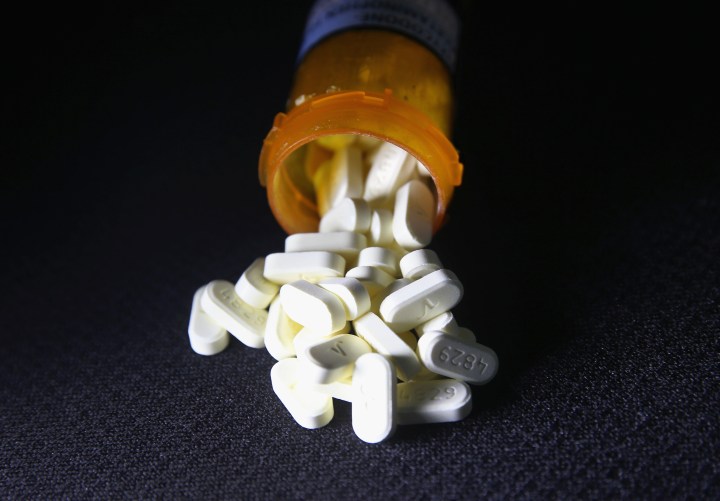
Where will the opioids settlement money go?

Subscribe to our Econ Extra Credit newsletter to get essays like this delivered to your inbox every week.
While “All the Beauty and the Bloodshed” focused on Purdue Pharma and the Sackler family, many companies have been held liable for their part in fueling the opioid epidemic. The value of proposed and finalized settlements exceeds $50 billion, the majority of which will go to municipalities, states and tribal organizations.
Fifty billion dollars may seem like a lot, but the opioid epidemic has cost the U.S. economy trillions, not to mention the physical and emotional toll on victims, survivors and families.
How much money has already been paid out?
Since last year, more than $3 billion of the settlement money has gone to cities, counties and states. But the firm administering the funds, BrownGreer, has kept the precise amount sent to each locality private.
KFF Health News released documents today that show the exact amounts allocated in 2022 and so far in 2023, according to a national summary created by BrownGreer. (You can also look up how much your locality has received so far.)
These records only account for funds distributed by BrownGreer. KFF Health News noted that some states’ datasets are “not available because those states were not part of national settlement agreements, had unique settlement terms, or opted not to have their payments distributed via BrownGreer.”

What will this money be used for?
Most settlements require at least 85% of payouts to be used for opioid abatement, or projects that directly treat, prevent or reduce the harms associated with opioid misuse. Within that limitation, states and cities have a lot of flexibility in the strategies or projects they choose. So far, few state and local governments have reported exactly how they plan to use it.
“There is no guarantee that [these bankruptcy settlement funds] will be used well. There is a long track record of investments not only in things that don’t work, but sometimes that are counterproductive,” said Dr. Joshua Sharfstein, a vice dean and professor at the Johns Hopkins Bloomberg School of Public Health.
“It’s really important that if you are going to spend $50 billion to reduce the enormous burden of the overdose epidemic, which is still killing 100,000 people each year in this country, we have to do things differently.”
Sharfstein’s concerns stem from previous settlements with tobacco companies, amounting to $246 billion. States devoted very little of those payments to public health initiatives meant to address and reduce tobacco use. (Unlike the opioid settlements, states could use the tobacco settlement money for any purpose.)
Transparency is key
Disclosure could help to ensure the money is well spent. As of June 6, 15 states have promised to publicly report 100% of their settlement expenditures, while 18 states have committed to report a portion of their spending and 17 have not committed to reporting anything at all. That’s according to research by Christine Minhee, founder of the Opioid Settlement Tracker, which aims to discover how much of the settlement money is spent “to bolster the public health response to drug use,” as her website puts it.
“All the Beauty and the Bloodshed” is available to stream on Max and DirectTV Stream with a subscription and on Kanopy for some library card holders. It’s also available to buy or rent on Vudu, Apple TV+ and Prime Video.
Have you watched the film? Send us your questions and thoughts by replying to this email or sending us a note to extracredit@marketplace.org.
There’s a lot happening in the world. Through it all, Marketplace is here for you.
You rely on Marketplace to break down the world’s events and tell you how it affects you in a fact-based, approachable way. We rely on your financial support to keep making that possible.
Your donation today powers the independent journalism that you rely on. For just $5/month, you can help sustain Marketplace so we can keep reporting on the things that matter to you.


















